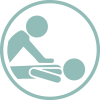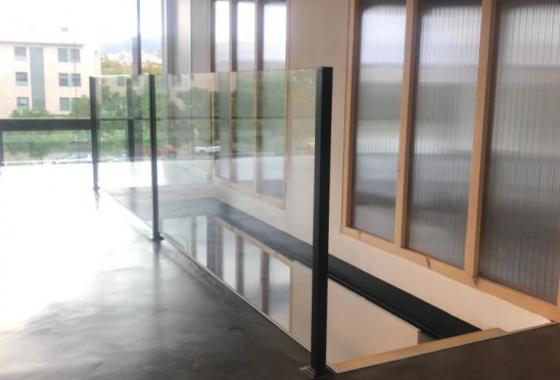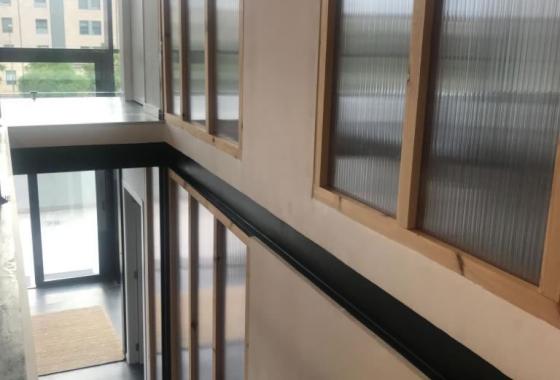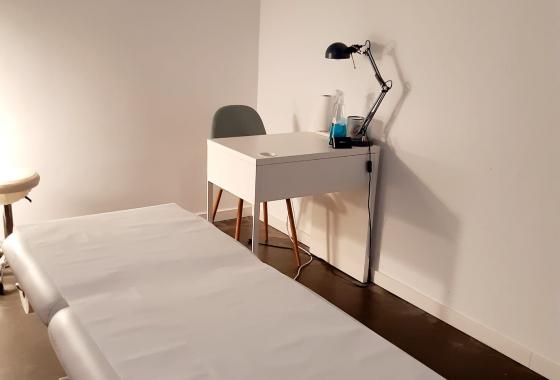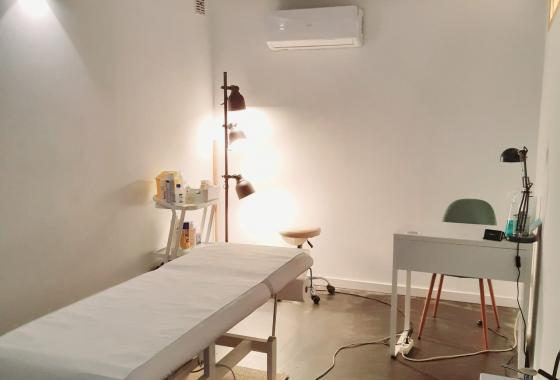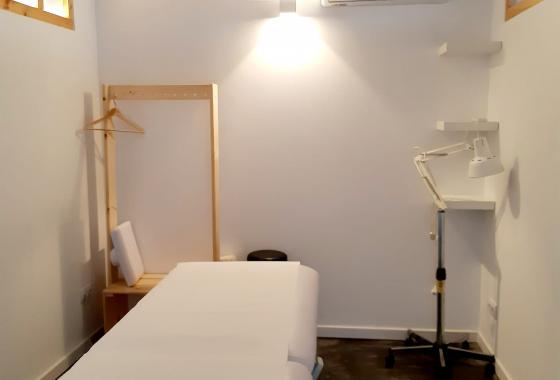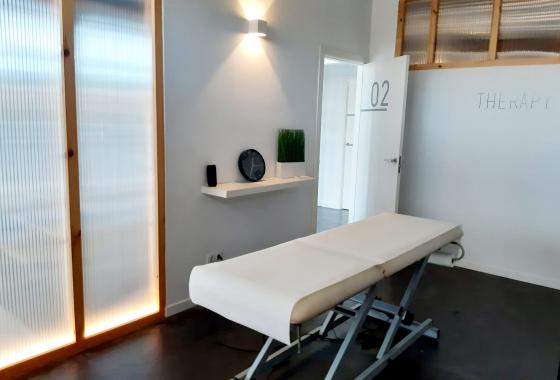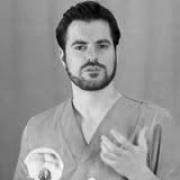The hands are the area of the body that we use the most and at the same time the one that we take care of the least. De Quervain's Tendinitis ranks second in the most frequent injuries in the hand area. Learn more about this tendinopathy in this article and take a look at the treatment performed at FisioClinics Palma de Mallorca.
What is De Quervain's Tendinitis?
De Quervain's tendonitis is the product of an inflammation that occurs in the tendons of the abductor longus and extensor brevis of the site (located in the first compartment of the hand). The thickening of these tendons can be caused by trauma or by repetitive movements that involve this area. It is a limiting injury, since the movements carried out with the thumb will produce severe pain and discomfort, which causes a general alteration in the hand.
What are the symptoms of De Quervain's Tenosynovitis?
The main symptom of De Quervain's tendonitis is localized pain on the outer edge of the wrist that can radiate to the thumb. Sometimes tingling is triggered in the back of the thumb due to irritation of the radial nerve. In general, this pain appears gradually, in a few weeks.
In the more severe forms of De Quervain's tenosynovitis, there is a relatively large edema that reflects the thickening of the sheath and synovial tissue covering the tendons. In most cases, this tenosynovitis is accompanied by visible edema at the outer edge of the wrist. The pain can gradually increase and become very vivid as it radiates into the forearm and can appear both during the day and at night.
What Causes De Quervain's Tendonitis?
Repeated movements in the thumb are responsible for De Quervain's Tendonitis. Therefore, this pathology is relatively common in certain occupational categories, such as seamstresses, dentists, secretaries or mechanics. It can also be due to trauma. Other causal factors to highlight are:
-
Age and gender: mainly affects women over 50 years of age.
-
It is not uncommon for De Quervain's tendinitis to be due to an anatomical abnormality such as supernumerary tendons, a divided osteofibrous sheath, etc.
-
Muscle imbalance.
-
Hormonal changes.
-
Nutritional deficiency.
How is the medical diagnosis of De Quervain's Tendinitis made?
By means of the physical examination, De Quervain's Tendinitis can be performed and detected, the most reliable test is the Finkelstein test or sign, where acute pain appears at the pressure of the radial style during the ulnar inclination of the wrist while maintaining the spine. of the thumb in adduction. In addition, the symptoms are usually quite suggestive, if you want to confirm this pathology it is feasible to perform an ultrasound of the wrist, this will help to visualize the inflammation of the tendon. If doubt persists, an MRI may be done.
 Physiotheraphy
Physiotheraphy Osteopathy
Osteopathy Massage
Massage Lymphatic
Lymphatic Group classes
Group classes Home
Home Baby
Baby

